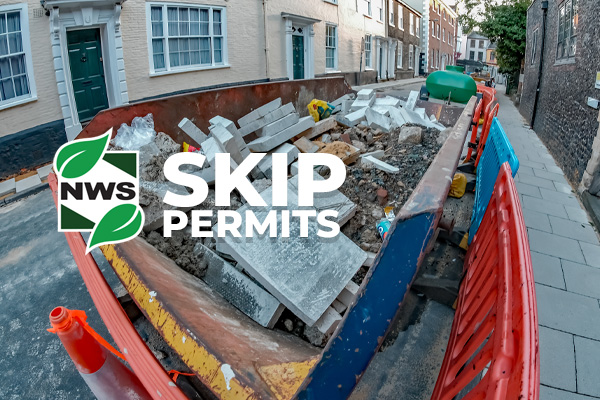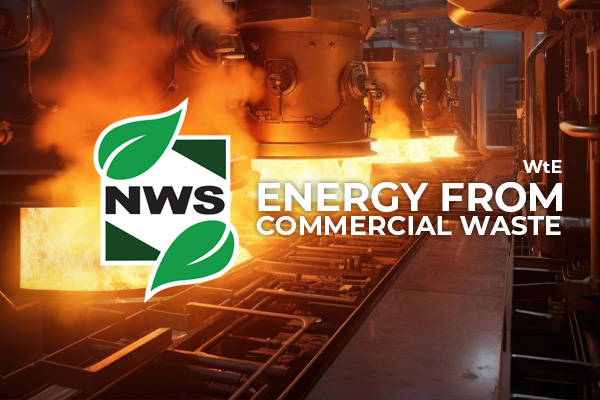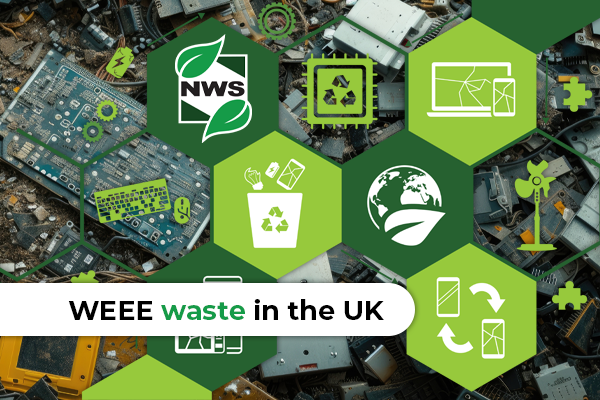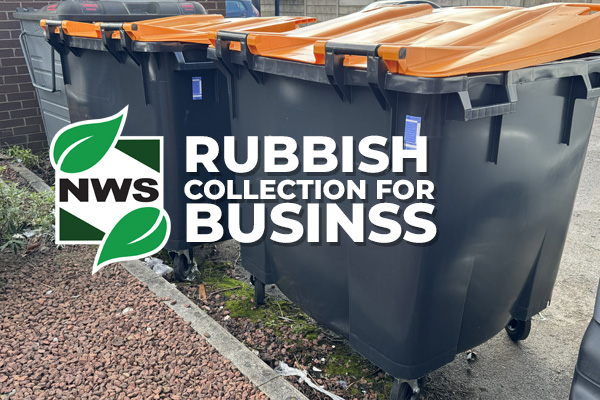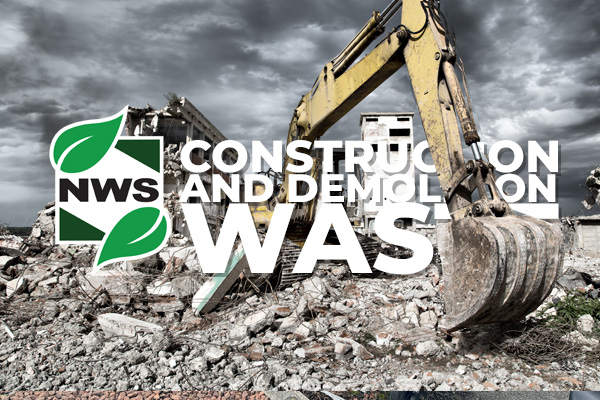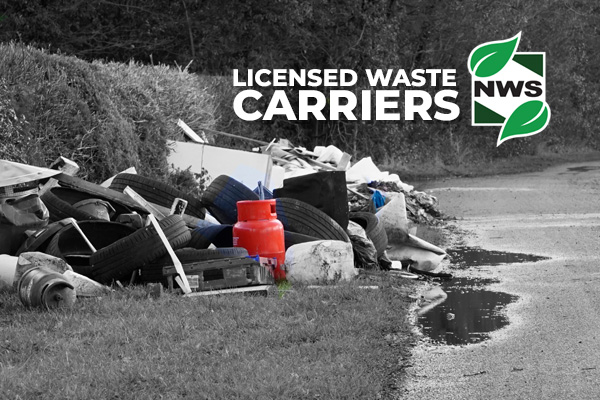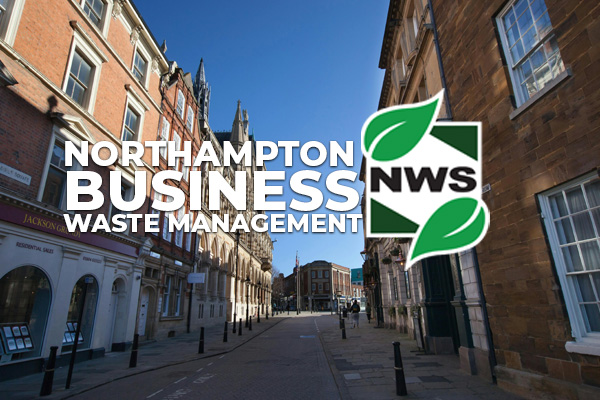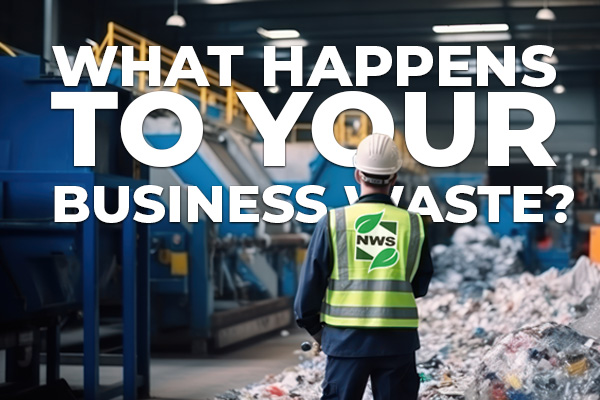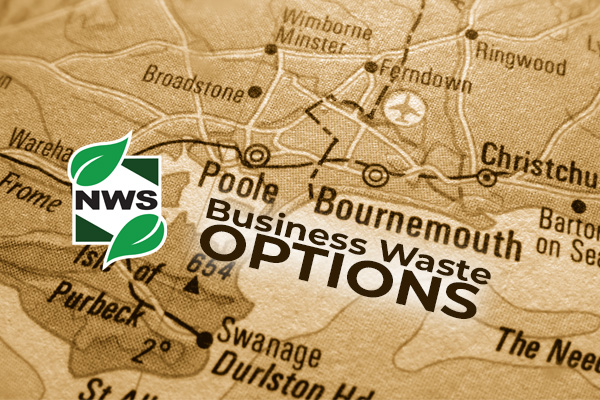Wheelie bins have become an indispensable aspect of waste management in businesses, households, and communities across the UK. These wheeled containers offer a convenient and efficient means of collecting, storing, and disposing of various types of waste. In this comprehensive guide, we delve into the usage, upkeep, materials, types and size of wheelie bins and best practices associated with wheelie bins.
Usage of Business Wheelie Bins
Wheelie bins are utilised for the collection of different types of waste, including general waste, recyclables, organic matter, and more. Their sturdy construction, coupled with wheels and a hinged lid, allows for easy transportation and placement, making them ideal for both indoor and outdoor use. Businesses, residential areas, educational institutions, and public spaces commonly deploy wheelie bins to streamline waste management processes.
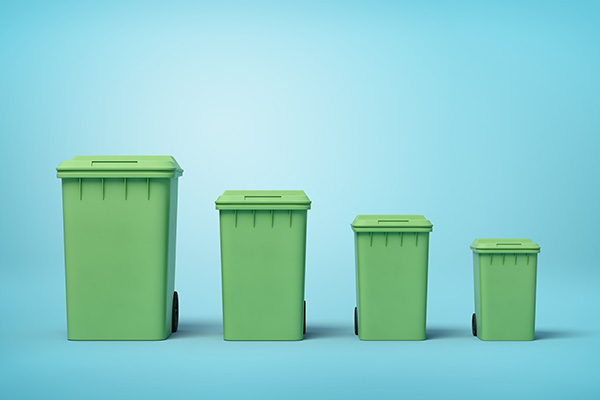
Maintenance
Proper maintenance is crucial to ensure the longevity and functionality of wheelie bins. Regular cleaning with water and mild detergent helps prevent odours, bacterial growth, and contamination. Additionally, inspecting bins for signs of damage, such as cracks, dents, or broken wheels, is essential. Prompt repairs or replacements should be carried out to prevent issues like leaks or vermin infestation.
Materials
Wheelie bins are typically constructed from durable materials capable of withstanding various environmental conditions and handling. Common materials include:
- High-Density Polyethylene (HDPE): This robust plastic is widely used for manufacturing wheelie bins due to its resistance to chemicals, impact, and UV radiation. HDPE bins are lightweight, corrosion-resistant, and easily recyclable.
- Polypropylene (PP): Similar to HDPE, polypropylene offers excellent durability and chemical resistance. PP wheelie bins are favoured for their strength and ability to withstand harsh weather conditions.
- Steel: Some industrial-grade wheelie bins are crafted from steel for enhanced strength and security. Steel bins are commonly used in heavy-duty applications where durability and resistance to vandalism are paramount.

Types and Size of wheelie bins
Here’s a table outlining the Types and Size of wheelie bins commonly available for businesses in the UK, along with their sizes, best applications, and estimated capacity in terms of standard black bags:
| Bin Size | Capacity (Litres) | Best Application | Approximate Black Bags Capacity |
|---|---|---|---|
| 60L | 60 | Small businesses, offices, cafes | 1-2 |
| 80L | 80 | Small shops, restaurants | 1-2 |
| 120L | 120 | Small to medium-sized businesses, restaurants | 2-3 |
| 140L | 140 | Medium-sized businesses, cafes, restaurants | 2-3 |
| 180L | 180 | Medium-sized businesses, small hotels | 3-4 |
| 240L | 240 | Medium to large businesses, hotels, restaurants | 4-5 |
| 360L | 360 | Large businesses, hotels, restaurants | 5-7 |
| 660L | 660 | Industrial sites, large businesses | 10-15 |
| 770L | 770 | Industrial sites, large businesses | 15-20 |
| 1100L | 1100 | Industrial sites, large businesses, commercial use | 20-30 |
| 1280L | 1280 | Industrial sites, large businesses, commercial use | 25-35 |
- 60L and 80L Bins: Ideal for small businesses, offices, or cafes where waste production is minimal.
- 120L and 140L Bins: Suitable for small to medium-sized businesses or restaurants with moderate waste generation.
- 180L and 240L Bins: Appropriate for medium to large businesses, hotels, or restaurants with a relatively higher volume of waste.
- 360L Bins: Designed for large businesses, hotels, or restaurants with substantial waste output.
- 660L and 770L Bins: Typically used in industrial settings or large commercial establishments where waste production is significant.
- 1100L and 1280L Bins: Designed for industrial sites, large businesses, or commercial use with extensive waste disposal requirements.
The estimated capacity in terms of black bags provides a rough guideline for businesses to determine the appropriate bin size based on their waste generation. It’s essential for businesses to select a bin size that matches their waste production to avoid overflow and ensure efficient waste management.
Best Use Cases for Wheelie Bins for your Business
Choosing the right wheelie bin size and type is essential to ensure efficient waste management. Factors to consider include the volume of waste generated, frequency of collection, and available space for bin placement. Here are some best practices for selecting and using wheelie bins:
- Size Selection Match the bin size to the waste output of your establishment. Opt for smaller bins for low-volume waste generators and larger bins for high-volume establishments.
- Segregation Implement a waste segregation system by using different-coloured bins for various waste streams, such as general waste, recyclables, and organic waste. This promotes recycling and facilitates proper waste disposal.
- Placement (see below) Position wheelie bins in accessible locations to facilitate easy collection and minimise obstruction. Ensure sufficient clearance around bins for manoeuvring during collection.
- Lid Management Keep bin lids closed to prevent pests, odours, and littering. Encourage users to close lids securely after depositing waste.
- Regular Collection Adhere to scheduled waste collection dates to prevent overfilling and overflowing bins. Arrange additional collections during peak periods if necessary.
The estimated capacity in terms of black bags provides a rough guideline for businesses to determine the appropriate bin size based on their waste generation. It’s essential for businesses to select a bin size that matches their waste production to avoid overflow and ensure efficient waste management.
Location of your Business Bins
By prioritising the upkeep and proper utilisation of wheelie bins, businesses can effectively manage their waste streams while minimising environmental impact.
Security of Wheelie Bins
When determining the placement of wheelie bins at your business, several factors must be considered to ensure optimal functionality and safety. Firstly, prioritize security by locating bins in well-lit areas with visibility from nearby premises or surveillance cameras. This discourages unauthorised access and reduces the risk of vandalism or theft. Additionally, consider positioning bins within enclosed or gated areas to further enhance security measures.
Health and Safety
Secondly, prioritise health and safety by selecting sites that minimize potential hazards and risks. Avoid placing bins near entrances, emergency exits, or high-traffic areas where they could obstruct pedestrian or vehicular movement. Ensure adequate clearance around bins to prevent accidents or injuries during handling and collection. Furthermore, avoid locating bins near food preparation areas or ventilation systems to mitigate odours and contamination risks.
Pest Control
Thirdly, implement pest control measures by strategically siting bins away from areas prone to pest infestation, such as overhanging vegetation, drainage systems, or food waste disposal areas. Maintain cleanliness around bins to eliminate food sources and discourage pest activity. Consider using pest-proof lids or liners to further deter pests and minimize the risk of contamination.
Access for staff and waste collection teams
Prioritise ease of access for both staff and waste collection personnel. Place bins in convenient locations that are easily accessible to employees for waste disposal, minimizing the need to transport waste over long distances. Ensure clear signage indicating the designated waste streams for each bin to promote proper segregation. Additionally, facilitate smooth access for waste collection vehicles by positioning bins near designated collection points with sufficient clearance for manoeuvring. Regularly communicate with waste management providers to coordinate collection schedules and ensure timely servicing of bins. By carefully considering these factors, businesses can effectively site wheelie bins to optimise security, health and safety, pest control, lighting, and access for staff and waste collection personnel.
Types and Size of wheelie bins play a vital role in waste management by providing a convenient and efficient solution for collecting and disposing of waste for your business. By following proper usage guidelines, conducting regular maintenance, and selecting the appropriate bin size and type, businesses can optimise their waste management practices while contributing to environmental sustainability.
Other Reading: Disposal of business or commercial waste (UK Government Website)
NWS Waste Article: Carry out a business waste audit
